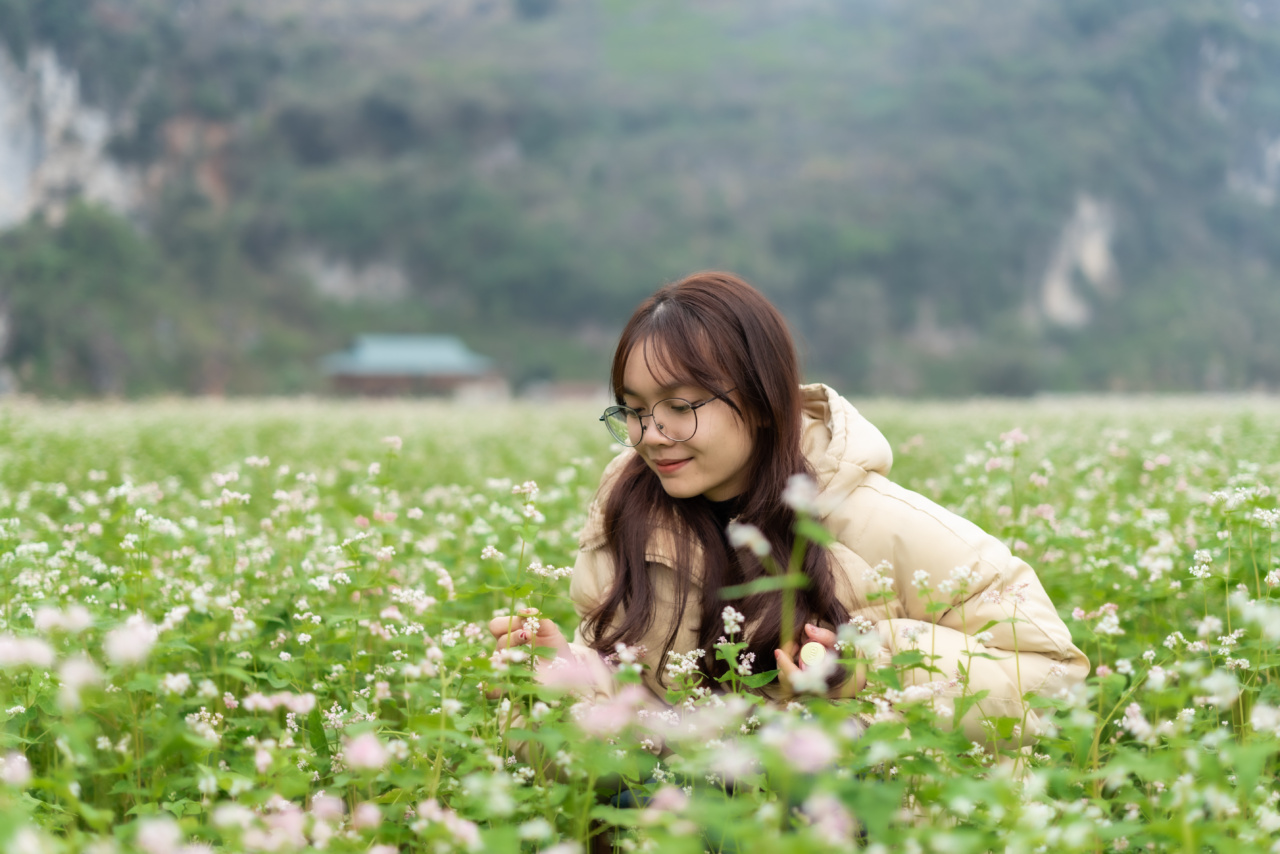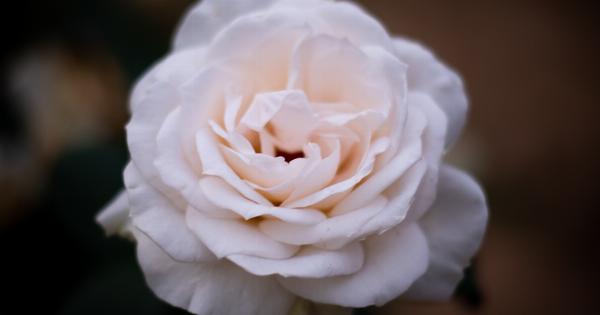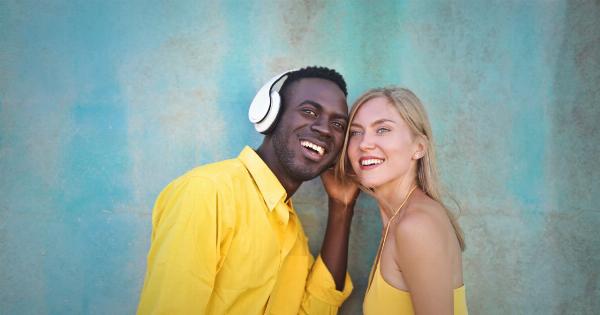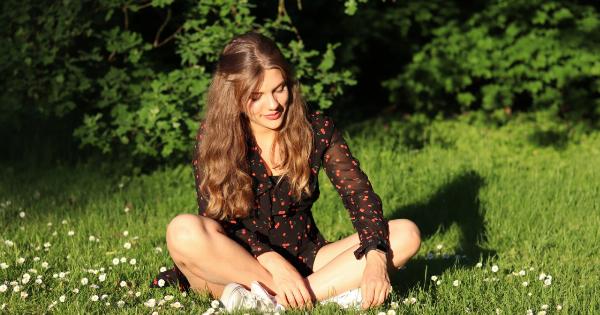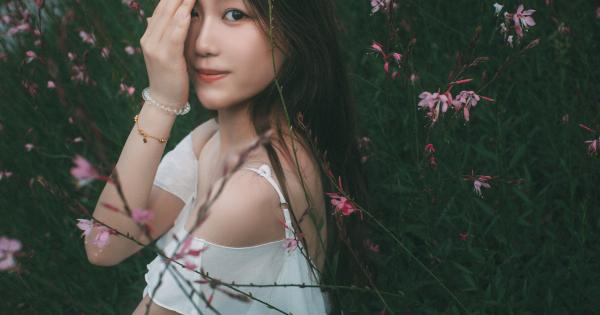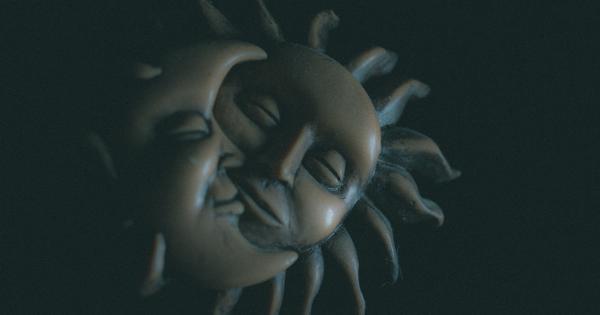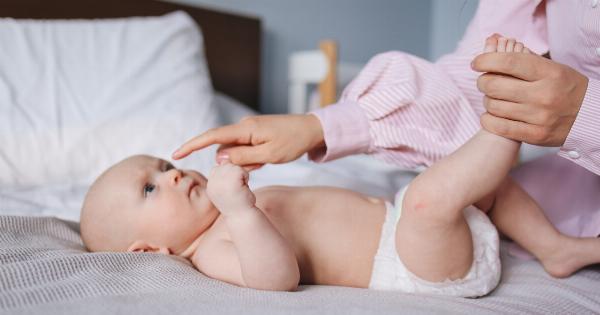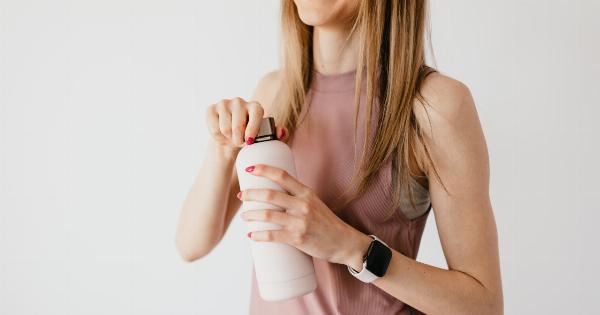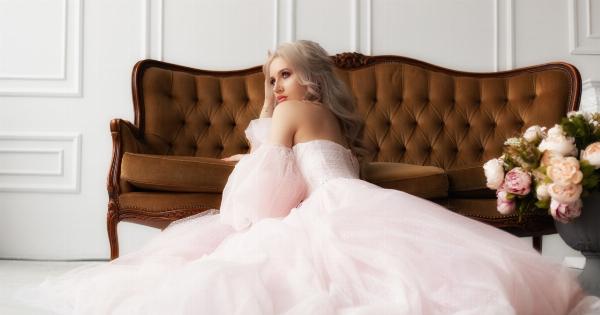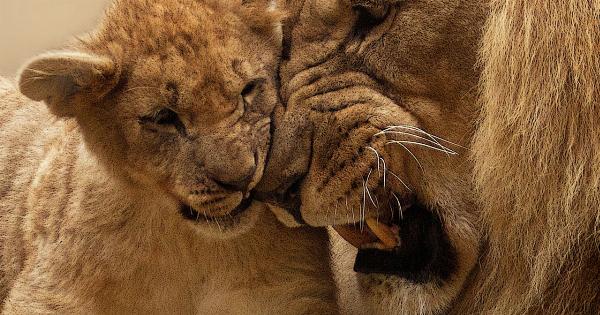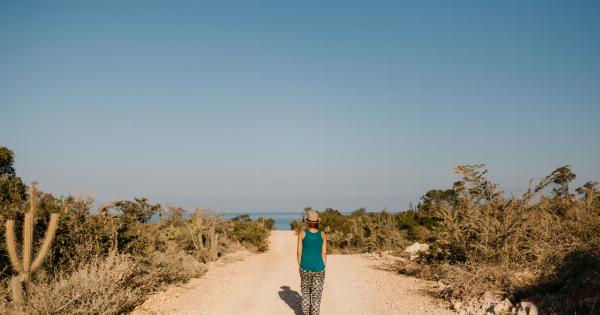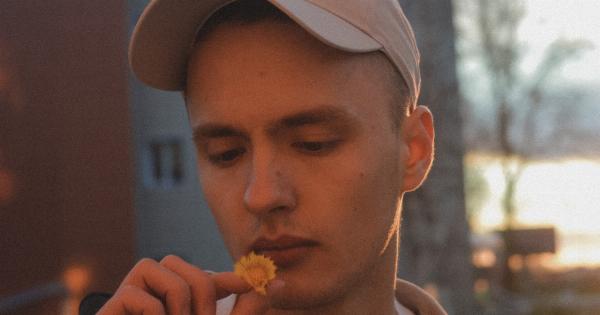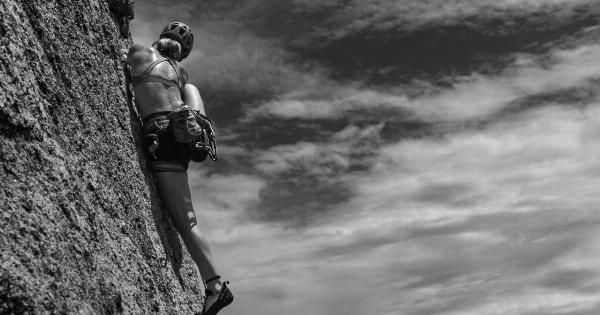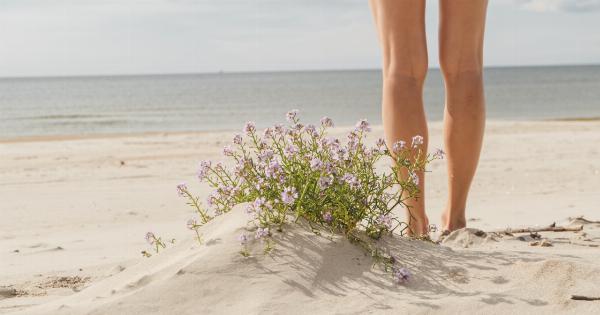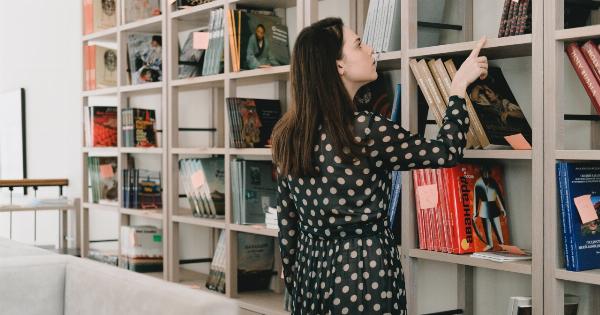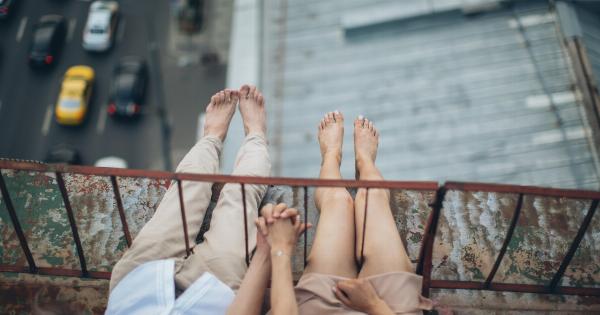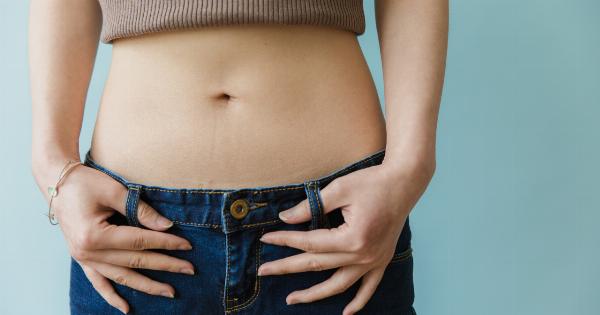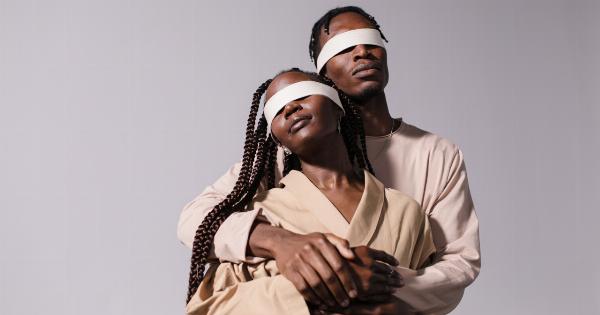Beauty is a concept that varies significantly from one culture to another. What is considered beautiful in one culture may be deemed unattractive or even taboo in another.
These beauty standards can be influenced by a variety of factors, including historical, social, religious, and environmental influences. In this article, we will explore some of the fascinating beauty standards that exist across different cultures around the world.
1. Western Beauty Standards
In Western cultures, there is often a strong emphasis on youthfulness, slimness, and certain physical features. The ideal beauty standard in many Western societies includes clear skin, high cheekbones, a slender figure, and well-defined muscles.
These standards are often perpetuated by the media, with models and celebrities who fit these criteria being celebrated as the epitome of beauty.
2. East Asian Beauty Standards
In contrast to Western beauty standards, East Asian cultures often value a more youthful and innocent look. In countries like South Korea, Japan, and China, fair skin is considered a symbol of beauty and is associated with femininity and purity.
The “Korean beauty” trend, for example, emphasizes flawless skin, large round eyes, and a small face shape.
3. African Beauty Standards
Beauty standards in different African cultures are diverse and varied. In some African societies, a fuller figure is celebrated, as it is associated with wealth, fertility, and good health.
In other cultures, beauty might be defined by elaborate hairstyles, intricate body art, or traditional clothing and accessories. Dark skin is often revered and seen as a mark of beauty in many African cultures.
4. Indigenous Beauty Standards
Many indigenous cultures across the world have their own unique beauty standards. These standards often encompass a deep connection with nature and the natural environment.
For instance, some tribes in the Amazon rainforest consider long, shiny, and healthy hair as a symbol of beauty. In some Native American cultures, traditional tattoos or facial piercings hold significant beauty value.
5. Middle Eastern Beauty Standards
Middle Eastern beauty standards are known for their emphasis on femininity and elegance. In many Middle Eastern countries, women embrace a glamorous and polished look.
Full lips, large expressive eyes, and a groomed appearance are often considered attractive. Traditional clothing and accessories, such as ornate jewelry and intricate henna designs, also play a role in defining beauty in these cultures.
6. South American Beauty Standards
South American beauty standards are greatly influenced by the region’s multicultural heritage. In countries like Brazil, Colombia, and Argentina, there is a strong emphasis on physical fitness and shaping the body.
The hourglass figure, with a small waist and fuller hips, is often idolized. Tanned skin is also highly prized and considered a symbol of health and vitality.
7. South Asian Beauty Standards
South Asian beauty standards differ among the various countries and cultures in the region. In countries like India, Pakistan, and Bangladesh, fair skin is often associated with beauty and wealth.
These societies have a long history of skin-lightening practices and preferences. Additionally, features such as large eyes, long eyelashes, and thick eyebrows are also highly prized.
8. Nordic Beauty Standards
Nordic beauty standards, primarily found in countries like Sweden, Norway, and Denmark, often value a more natural and minimalistic approach to beauty. Effortless beauty is emphasized, with a focus on healthy skin and a fresh-faced appearance.
Scandinavian beauty often encompasses the notion of “less is more” and celebrates individuality and authenticity.
9. Polynesian Beauty Standards
Polynesian beauty standards, prevalent in countries like Samoa, Tahiti, and Hawaii, often prioritize a healthy and athletic physique. In Polynesian cultures, strength and physical prowess are revered.
Tattoos, known as tatau, are an integral part of the beauty standards and can symbolize social status or personal achievements.
10. Middle African Beauty Standards
The beauty standards in Middle African cultures are highly diverse and vary across the different ethnic groups. In some communities, elongated necks with the use of neck rings are considered beautiful.
Scarification, a practice of creating decorative scars on the body, is also prevalent in some tribes and can be seen as a sign of beauty, courage, or tribal affiliation.
